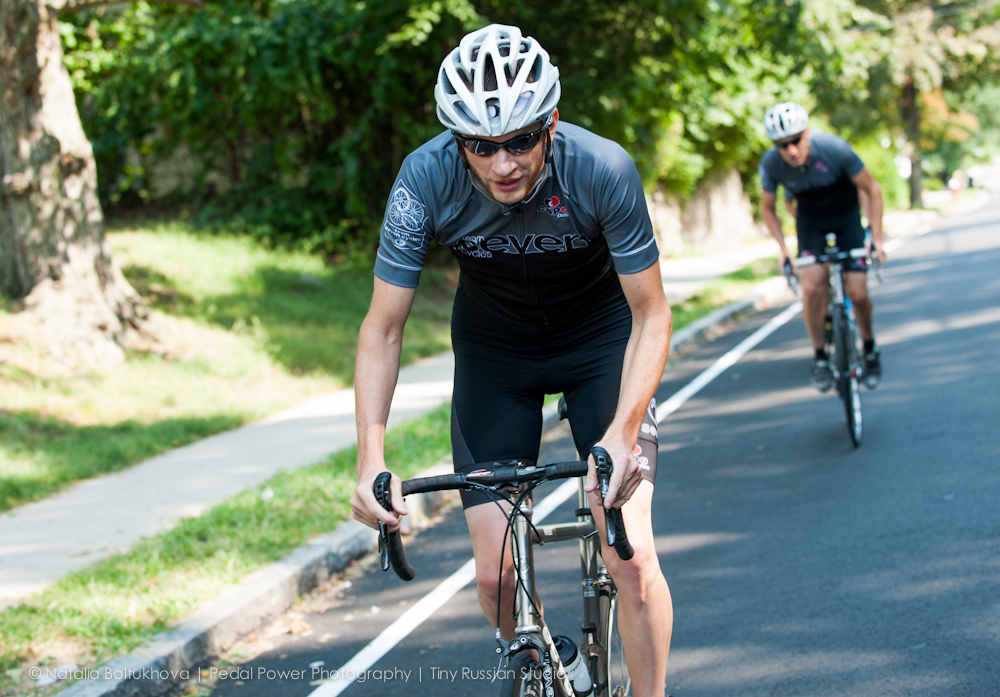Greg LeMond said, “It doesn’t get any easier; You just go faster,” about gaining fitness on the bike, though it’s often construed as a succinct description of becoming a better climber. Up is always up. Our gravity is constant. So the challenges are all with the rider, to get stronger, to ride smarter and, on some level, to choose the right bike.
That’s where we come in.
A good climbing bike combines several basic characteristics, hopefully in perfect balance: lightness, stiffness and perfect fit. Each of these aspects of the bike have been fetishized in the past as stand-alone arbiters of quality, but we know from long experience that there is never one thing that makes a bike great. In good design, a subtle balance of features is key.
Lightness is perhaps the most obviously desirable trait of a climbing bike. The less weight the rider needs to carry up the hill, the easier it is to go fast. We can lighten a bike through tube butting, removing material from the tubeset strategically. We can also add in some carbon fiber, which isn’t necessarily lighter than a butted titanium tube, but can be light while also maintaining stiffness, making it strategically attractive.
That brings us, not coincidentally to stiffness, which is also desirable. Transferring maximum power from the pedals to the rear wheel will get you up faster, or at least more efficiently than losing power through an overcompliant drive train. Here, weight and performance work against each other a little. Stiffening usually adds weight. Again, we have to find a balance point.
Finally, fit. When you are climbing, you need to get oxygen to hard-working muscles. Getting oxygen is directly related to your ability to open your chest, to take in more air, and that is a function of fit. Finding optimal top tube length for comfort and performance is a key part of our process.
What we try to do with every bike is to understand what it wants to do, where it wants to go, and how it needs to feel, and to find the various balance points throughout the design to deliver the best ride for the person who will ride it. Every design goal is achieved through multiple aspects of frame design, and that is why getting a custom bike, rather than something off-the-shelf, is a collaboration between the rider and the builder, purpose built and personalized at a deeper level.

